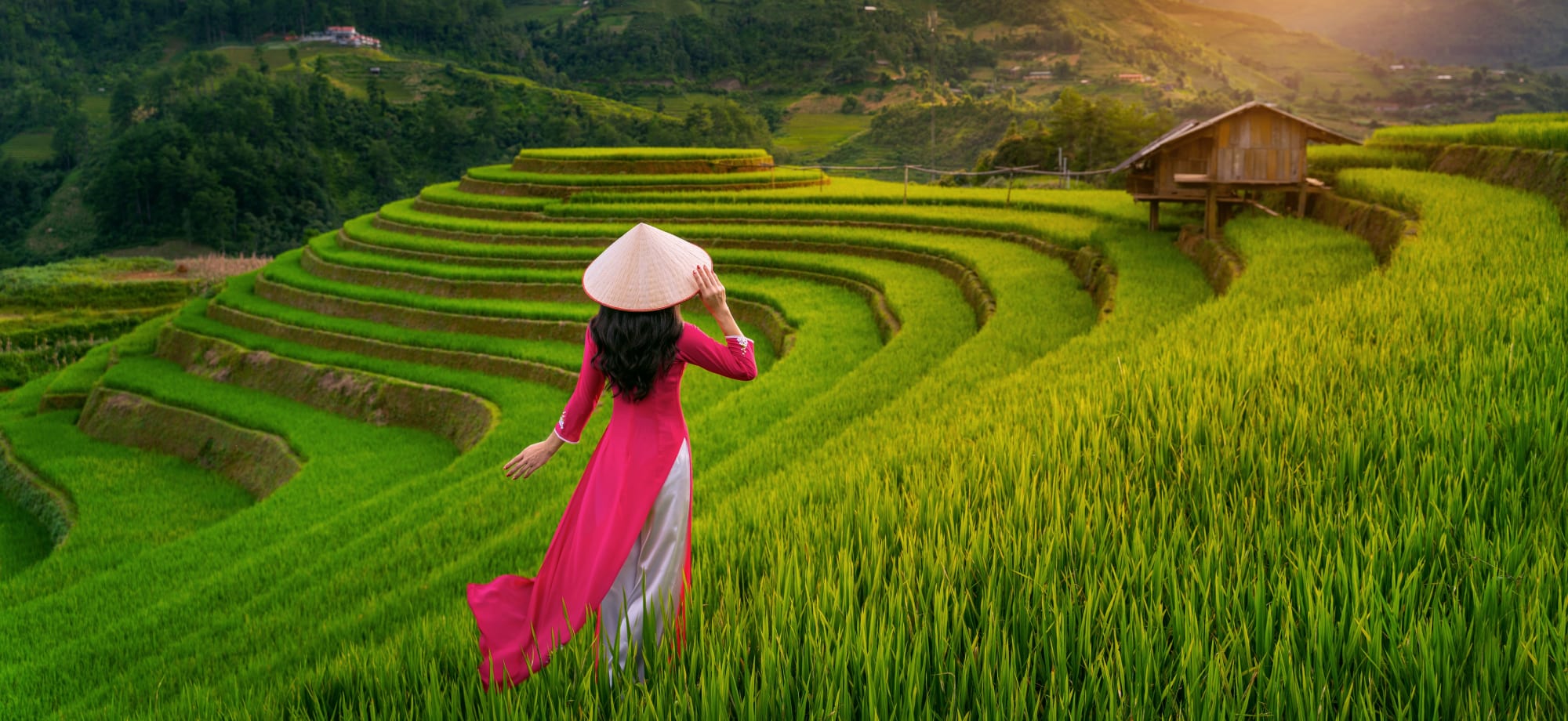Vietnam is a land of breathtaking landscapes, rich history, and vibrant culture. From the bustling streets of Hanoi to the serene waters of Ha Long Bay, Vietnam offers a diverse range of experiences that cater to all types of travelers. Whether you’re a history enthusiast, nature lover, or food aficionado, Vietnam’s travel destinations are sure to captivate your senses and leave you with unforgettable memories. Here’s a guide to some of the best travel destinations in Vietnam that should be on every traveler’s itinerary.

Hanoi: The Cultural Heartbeat of Vietnam
Hanoi, the capital city, is often considered the cultural and historical epicenter of Vietnam. A visit to Hanoi is like stepping back in time, where ancient temples, colonial architecture, and bustling markets coexist harmoniously.
The Old Quarter
The Old Quarter is the beating heart of Hanoi, a maze of narrow streets packed with traditional shops, street vendors, and vibrant life. This area is best explored on foot, where you can discover hidden temples, quaint cafes, and unique souvenirs. Don’t miss Hoan Kiem Lake, a serene escape amidst the city’s chaos, where locals gather for morning exercises and tourists admire the iconic Turtle Tower.
Ho Chi Minh Mausoleum
A visit to the Ho Chi Minh Mausoleum is a must for history enthusiasts. This imposing structure houses the preserved body of Vietnam’s revolutionary leader, Ho Chi Minh. The mausoleum is a place of deep reverence for many Vietnamese, and it offers a glimpse into the country’s tumultuous history.
Ha Long Bay: A Natural Wonder
Ha Long Bay, a UNESCO World Heritage site, is renowned for its emerald waters and towering limestone karsts. This natural wonder is best experienced on a traditional junk boat cruise, where you can explore hidden caves, visit floating villages, and even take a dip in the warm waters.
Bai Tu Long Bay
For those seeking a more tranquil alternative to Ha Long Bay, Bai Tu Long Bay offers similar stunning landscapes but with fewer tourists. Here, you can enjoy the serene beauty of unspoiled islands and clear waters, making it an ideal destination for a peaceful retreat.
Hoi An: The Ancient Town of Lanterns
Hoi An is a charming ancient town that seems frozen in time. Known for its well-preserved architecture and vibrant lanterns, Hoi An offers a glimpse into Vietnam’s past.
Historic Architecture
The town’s architecture is a blend of different influences, from Chinese and Japanese to French colonial. A stroll through the streets of Hoi An reveals beautifully preserved wooden houses, ornate temples, and the iconic Japanese Covered Bridge. The town comes alive at night when thousands of lanterns illuminate the streets, creating a magical atmosphere.
Culinary Delights
Hoi An is also a food lover’s paradise. The town is famous for its local specialties, including Cao Lau, a noodle dish unique to Hoi An, and Banh Mi, the Vietnamese sandwich. Don’t miss the chance to take a cooking class and learn how to prepare these delicious dishes yourself.
Hue: The Imperial City
Hue, located on the banks of the Perfume River, was the ancient capital of Vietnam during the Nguyen Dynasty. The city is steeped in history, with its Imperial City and royal tombs offering a fascinating glimpse into the country’s regal past.
The Imperial City
The Imperial City is a vast complex of palaces, temples, and pavilions surrounded by a moat and thick stone walls. It was the political and cultural hub of Vietnam for centuries. A visit to the Imperial City allows you to explore the grandeur of the Nguyen Dynasty, with its ornate gates, royal residences, and ceremonial halls.
Thien Mu Pagoda
Thien Mu Pagoda, one of the oldest religious structures in Vietnam, offers stunning views of the Perfume River. This seven-story pagoda is an important symbol of Hue and is associated with numerous legends and historical events.
Ho Chi Minh City: The Modern Metropolis
Ho Chi Minh City, formerly known as Saigon, is Vietnam’s largest city and its commercial powerhouse. The city is a dynamic blend of old and new, where skyscrapers stand alongside historic landmarks.
War Remnants Museum
The War Remnants Museum is a sobering reminder of the Vietnam War’s impact on the country. The museum’s exhibits, which include photographs, artifacts, and military equipment, provide a harrowing look at the conflict’s human cost. It’s a must-visit for those interested in understanding Vietnam’s recent history.
Ben Thanh Market
Ben Thanh Market is a bustling marketplace where you can find everything from local handicrafts to fresh produce. It’s a great place to experience the energy of the city, sample street food, and pick up souvenirs.
Sapa: The Gateway to the Northern Highlands
Sapa, located in the mountainous region of northern Vietnam, is known for its breathtaking terraced rice fields and vibrant ethnic communities. This region offers a different side of Vietnam, where nature and traditional culture take center stage.
Trekking in Sapa
Sapa is a trekking paradise, with trails that take you through lush valleys, terraced fields, and remote villages. Trekking with a local guide allows you to interact with the ethnic minorities who call this region home, offering a unique cultural experience.
Fansipan Mountain
For the adventurous, a trek to the summit of Fansipan, known as the “Roof of Indochina,” is a challenging but rewarding experience. At 3,143 meters, it’s the highest peak in Vietnam, offering panoramic views of the surrounding landscape.
Conclusion: Vietnam Awaits
Vietnam is a country of contrasts, where ancient traditions meet modern developments, and natural beauty is intertwined with historical significance. Whether you’re drawn to the bustling cities, serene landscapes, or rich cultural heritage. Vietnam offers a diverse range of experiences that cater to all interests. As you explore the best travel destinations in Vietnam, you’ll discover a country that is both timeless and ever-evolving, ready to welcome travelers with open arms and endless adventures.
